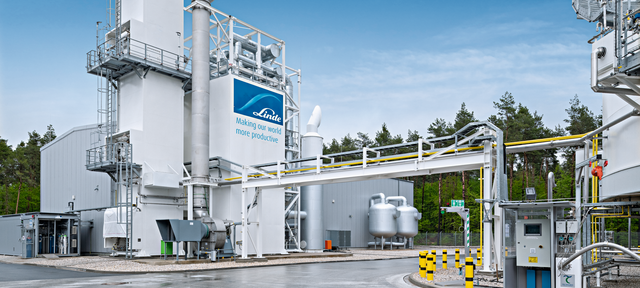To capture and valorize this waste nitrogen gas stream, Rubí needed a nitrogen liquefaction unit (NLU). Fortunately, this crucial unit didn’t have to be built from scratch. About 1,800 kilometers to the northeast, the city of Spreetal in Germany was home to a Linde ASU that had been shut down in 2016, but had been well maintained and regularly upgraded until that point. Most importantly, the Spreetal facility included an NLU that was only about ten years old. "This equipment was a good match for the ASU in Rubí from a technical feasibility perspective, so it made total sense for us to relocate it from the decommissioned plant in Spreetal," says Koelle.
This relocation project was a win-win from a
sustainability perspective. "On the one hand, we were revamping the Rubí plant to increase operational and energy efficiency and to capture an otherwise unused gas stream," Koelle continues. "And, on the other, we were at least partially recommissioning an idle plant, and thus indirectly extending its service life."
A team of LINDE PLANTSERV
® experts is responsible for
relocating processing plants and components. Their job is to manage the entire disassembly, transport and reassembly process, ensuring that the relocated unit is up and running smoothly at the new site. Customers benefit from this service on multiple fronts. Not only is repurposing generally more cost-effective than new builds, it is also a more sustainable choice as existing resources can now add new value. The two-year relocation project was successfully completed by the LINDE PLANTSERV
® team in September 2020.
